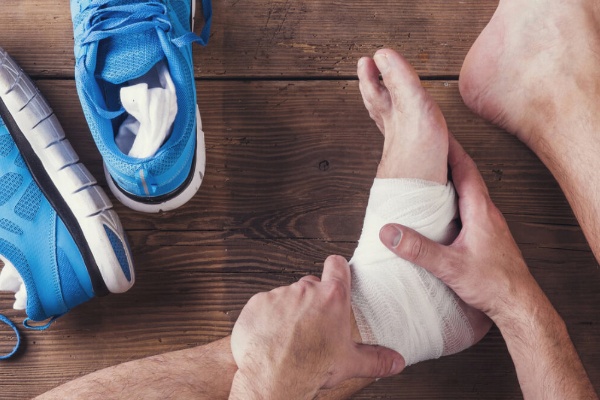
Is RICE still recommended for injuries? Here's the latest research

By Jackson Zhou, Physiotherapist
When we have a soft tissue injury, what we choose to do in the immediate first few days can be crucial! For many years, many of us have resorted to using the RICE (Rest, Ice, Compression, Elevation) protocol. However, research has moved on, and even Dr. Gabe Mirkin, who first coined RICE, has since retracted it and updated his advice.
The latest approach is what’s known as PEACE and LOVE (as shown in the image below.)
 Image via British Journal of Sports Medicine: https://bjsm.bmj.com/content/54/2/72
Image via British Journal of Sports Medicine: https://bjsm.bmj.com/content/54/2/72
PEACE ✌️ (The first 1-3 days)
Immediately after the injury, aim to do no harm and let PEACE guide you:
P- Protection
Avoid movements or loads that make pains worse for 1-3 days. This helps to limit further bleeding and stress on the affected structures. However, don’t rest for too long as this can also lead to deconditioning and slower healing. Let pain be your guide.
E - Elevation
Ideally, raise the level of the affected area above the level of the heart to help reduce swelling.
A - Avoid anti-inflammatories and ice
Inflammation is a natural part of healing. Anti-inflammatories (such as Voltaren or Nurofen), in the short term, can disrupt this process and slow tissue repair, blood vessel growth and interfere with our body’s way of cleaning things up. While they may help in the short term, they might delay longer term healing.
C - Compression
Compression (such as a bandage or taping) can help to limit swelling and provide support to the affected area.
E - Education
Education is powerful and often underrated! Good advice is powerful. Individuals tend to recover better once they have a clear idea of what is happening and what they have control over. Reduce excessive passive therapies within the first 1-3 days if possible.
LOVE 💙 (after a few days)
Once the early danger phase has passed, it’s time to show your body some LOVE!
L - Load
Start to gradually introduce movement again as the symptoms allow. Controlled load can help the tissues to heal stronger and improves overall tolerance and resilience.
O - Optimism
Mindset matters! Research has shown that people who are positive and confident tend to recover better! Fear, stress and negative emotions can slow progress as much as the injury itself.
V - Vascularisation
Get the blood pumping! Safe, pain-free cardiovascular exercises (e.g. walking, swimming, cycling) can help healing whilst maintaining fitness!
E - Exercise
Targeted rehabilitation helps to restore strength, mobility and coordination. The right exercise program reduces risk of reinjury. Important to note that pain should guide your progress, but not stop your progress.
Key Takeaway
Managing an injury isn’t just about short-term damage control. It’s about giving your body the right environment to heal well for the long run. With PEACE in the early days, and LOVE in the days that follow, you can recover stronger and smarter.


